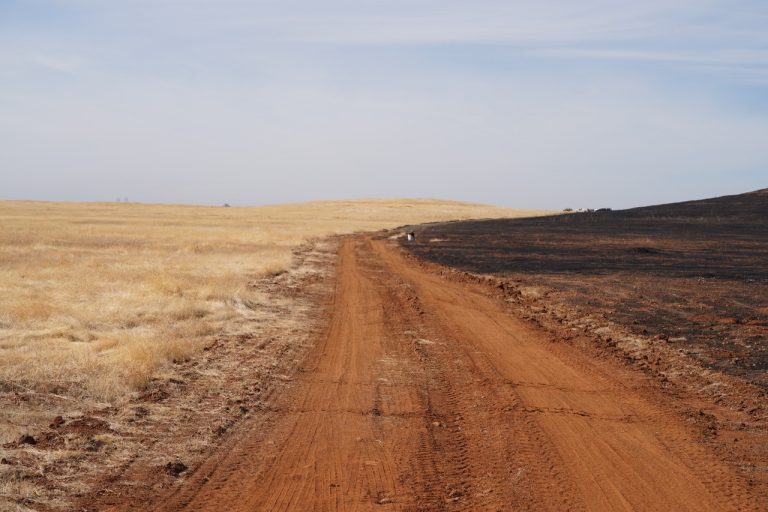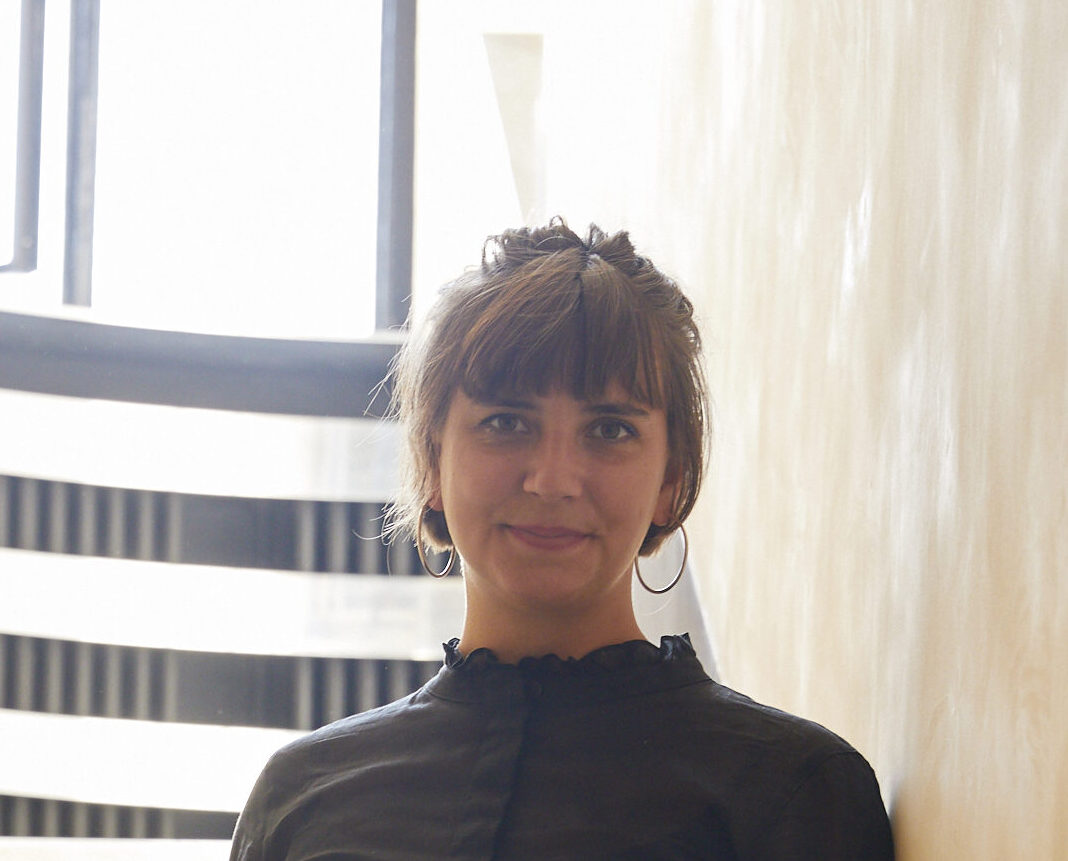
Garance Maurer
Artist, designer

- Craft & Design
- San Francisco
“Living with fire rather than against it! I wish to celebrate the narrative where we have the power to bring fire back into the heart of our lives, to lead direct and collective actions against the threats of the Pyrocene. Exploring and telling how these practices of intentional fires unite human and supra-human alliance strategies, blending disciplines, skills, and perspectives.”
I practice movement—earthly motions that invite me to explore the relationships we maintain with various environments (natural, urban, social, among others). As an artist and designer, I take interdisciplinary steps that lead me to combine different methods. Traversing landscapes and disciplines and being transformed by them. This moving practice nourishes a research approach on ways of inhabiting spaces.
My design practice is fundamentally site-specific: by, for, and with the territories I explore. Anchored in an action-research methodology, I liken this transdisciplinary approach to translation or mediation: at the intersection of several fields, I engage in dialogue with various stakeholders in a territory or subject to build connections and create bridges between practices and knowledge. Working with rather than against. Working (together) to understand.
My sensitive and technical approach to materials enables me to question and reveal the issues and narratives they contain. Generally, these materials are locally sourced, emerging from a very specific spatial and temporal context but are tied to a universal desire to narrate ecosystems and life cycles. The ultra-local holds the potential for scaling up, helping us reconsider global dynamics. By shifting perspectives, I aim to cultivate alternative narratives that are both ecologically and socially sustainable.
Thus, I have traversed, sensed, listened to, questioned, worked with, and narrated fire in its various aspects and dynamics during my residency at Villa Albertine in California.
Garance Maurer is an independent transdisciplinary artist and designer. A graduate with a master’s in textile design from ENSCI-Les Ateliers (2018), she has worked in diverse sectors ranging from crafts to industry, design to architecture, and artistic research to activism. She has been an artist-in-residence in Mexico (Alliances Françaises), the Alps (L’envers des pentes), Corsica (Fabbrica Design), and Hungary (Balatorium). Her work has been exhibited at Villa Cavrois, Musée Dauphinois, La Villette, and Biblioteca Vasconcelos, among other places. With a deeply rooted practice, she works and lives in different spaces, between Berlin and France.
Fostering otherness, collective practices, and community knowledge, she is a co-founder of the Collectif Trouble and an active member of the Floating Berlin.
The project I developed in San Francisco continues research I began in Corsica in 2022 during a residency focused on plant fibers and local resources. As part of my research, I explored the transformative potential of fire, examining its relationship with increasingly frequent and intense summer wildfires on the island and globally. I studied fire’s symbolism in ceremonies, religion, pagan beliefs, the environment, activism, and ecofeminism. I also used fire to create local charcoal and ceramic glazes with plant ash. I met scientists, ecologists, shepherds, and people practicing controlled burns locally.
These burns are part of traditions practiced by communities in fire-adapted or fire-dependent ecosystems. These maintenance techniques, such as starting fires under specific, favorable conditions in a forest, prevent the accumulation of fuel like fallen trees and branches, which could otherwise feed future wildfires, making them highly threatening. These preventive techniques benefit biodiversity and are a recognized method of forest management. These traditions also demonstrate mutual relationships with the environment, inspiring holistic practices that are particularly relevant in California.
During my residency in San Francisco, I studied the practices of controlled, prescribed, and cultural burns in California as a counterpoint to the megafires of the Pyrocene era. This geological age, defined by Stephen Pyne and developed by Joëlle Zask, is marked by human-induced fires—mainly from fossil fuel combustion—and their considerable impact on Earth’s geology and ecosystems.
To deepen my understanding, I met with scientists, firelighter communities, artists, and activists to grasp the historical nuances and complexities.
Questions evolved throughout the project: What is our relationship with fire? What happens to us when a landscape disappears? How can we better understand and promote Indigenous ecological knowledge and the actions of intentional fire communities? How do we move beyond the dichotomy of war-on-fire policies versus the preservation of romanticized and sanctified nature, to adopt decolonial maintenance, hybridization, and cohabitation practices? How does “good fire” heal the trauma caused by wildfires in ecosystems and among humans? How do these fires serve as reparations following the genocide of Indigenous peoples? How can we build a network of trained and qualified actors to conduct controlled burns safely and sufficiently? How can California’s “good fire practices” inspire Europe and France to rethink their relationship with fire without perpetuating colonial processes of knowledge extraction and instrumentalization? How can we reshape our imaginations, influenced by catastrophic imagery, and our daily lives, mediated by numerous invisible fossil fires, to give fire the rightful place on which we depend?
Native Californian communities have always practiced controlled and cultural fire. Their traditional ecological knowledge contributed to California being a diverse, abundant, and balanced ecosystem before European arrival. However, from a Eurocentric, industrial, and colonial 19th-century perspective, cultural fires were deemed naïve and dangerous—a waste of valuable resources. These fires were, above all, a key tool of Indigenous sovereignty over their lands. They were violently banned, traditional knowledge was discredited, forests were overexploited through intensive monoculture, and fires (natural or human-caused) were fought at all costs under “zero-fire” policies.
Today, we are horrified by one of the consequences: the phenomenon of megafires. Unpredictable, uncontrollable, and extremely intense, they consume vast areas of forest and even towns annually. Considered one of today’s most violent climate disasters, they are both a cause and a consequence of climate change—a symptom of the Anthropocene. Paradoxically, controlled, prescribed, or cultural fire is a direct solution to preventing these megafires. California, particularly affected by them, is a pioneer in studying the phenomenon, rediscovering and developing the controlled burn techniques inherited from Native communities and putting them into practice.
Using fire as a subject, tool, metaphor, and entry point, I met and collaborated with scientists, ecologists, experts in Native ecological traditions, wildfire victims, firelighter communities, artists, and activists. I participated in controlled burn training (TREX), explored numerous burn scars (traces of past fires), visited natural parks, charred neighborhoods, artist studios, and laboratories, and joined a cultural burn (with TERA). Developing a partnership with the California College of the Arts, I was a guest artist during my three-month residency, conducting experiments in ceramic, metal, textile, and video workshops. These field studies were presented at the exhibition and roundtable “Pyrogatherings #1: VISITING FIRE,” previewing a series of multidisciplinary events and exchanges on fire to be developed in California and Europe.
The radically collaborative, social, and engaged nature of intentional fire practices fuels my creative commitment and the ways I wish to undertake projects.
Living with fire rather than against it! I wish to celebrate the narrative where we have the power to bring fire back into the heart of our lives, to lead direct and collective actions against the threats of the Pyrocene. Exploring and telling how these practices of intentional fires unite human and supra-human alliance strategies, blending disciplines, skills, and perspectives.
Related content

